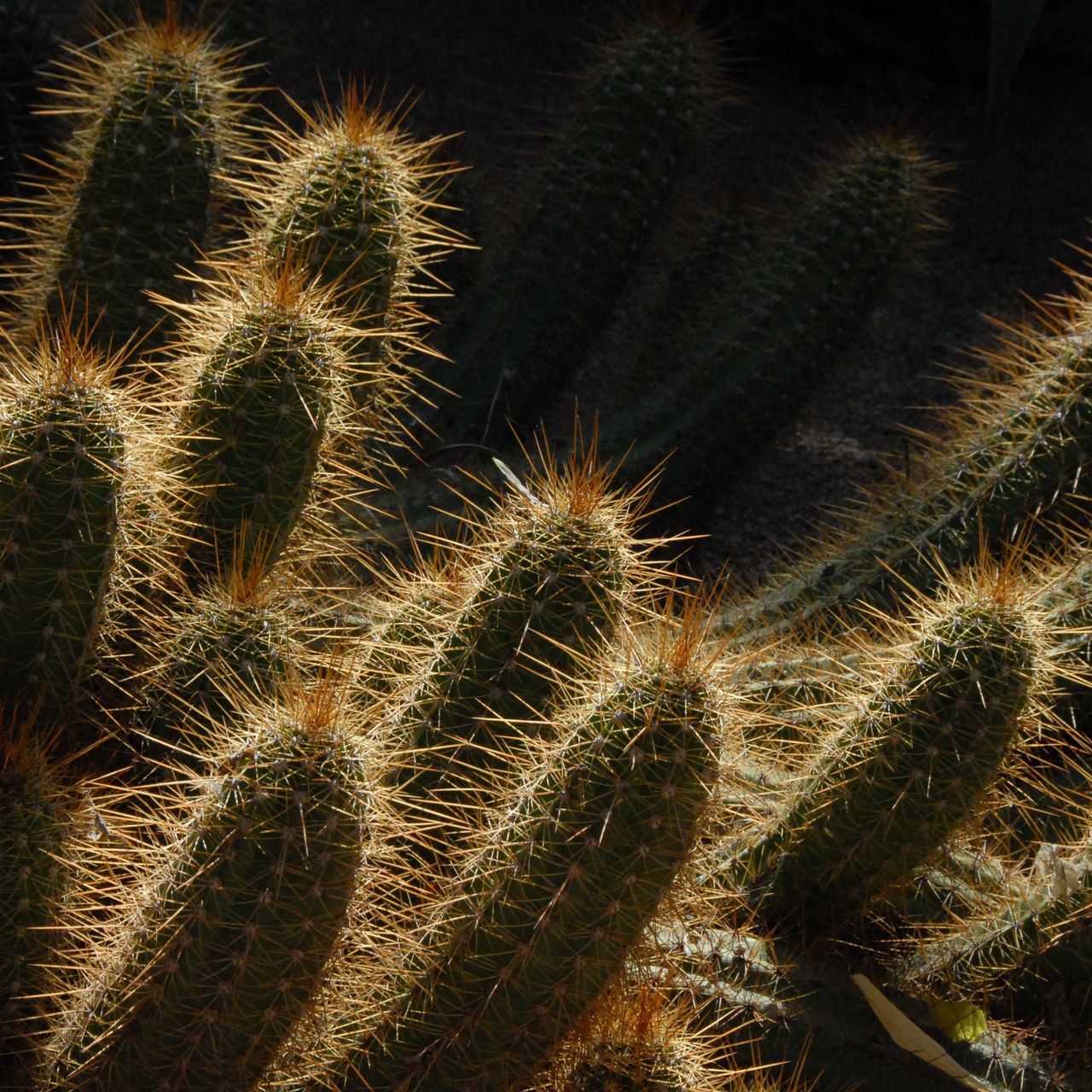Creation and a lifelong passion
French painter Jacques Majorelle was the visionary behind this enchanting place, now a symbol of the ochre city. In 1922, he purchased this palm grove and built a villa in a very modern style, blending Art Deco and Moorish architecture. It became his main residence as well as his studio. As a botany enthusiast, he created a garden inspired by Islamic and tropical gardens. Over 40 years, the artist collected plants from around the globe and designed this space as a work of art, a “cathedral of shapes and colors”, organized around a central pond, fountains, and ceramic jars.

In 1937, he created the famous ultramarine blue, soon to be known as “Majorelle Blue”, with which he painted the walls of his villa and garden elements. The place was completely transformed and, ten years later, pleased with his creation, he decided to open it to the public, which was eager to see this much talked-about spot. Following a car accident years later, he was taken back to Paris where he passed away in 1962. His garden then fell into neglect and slowly deteriorated.
Rebirth and a second life
In 1966, Yves Saint Laurent and Pierre Bergé discovered this oasis and its colors. Finding out that the site was to be sold and transformed into a hotel, they fought to stop the project and bought it themselves. In 1980, they won and decided to settle in the artist's former villa, renaming it Villa Oasis. Concurrently, they undertook significant renovation works on the garden, enhancing it over the years with new plants. Twenty gardeners work daily maintaining the garden, its 300 species, and its ponds.

They also transformed the painter's studio into a Berber Museum where they displayed their personal collection, and decided to open the place to the public. In 2008, Yves Saint Laurent's ashes were scattered in the Villa Oasis rose garden and a memorial in his name was created. Majorelle Garden is forever linked to the French designer.

In 2010, Princess Lalla Salma inaugurated the “Yves Saint Laurent and Morocco” exhibition followed by Yves Saint Laurent Street. A year later, it was the turn of the Berber Museum, located on the ground floor of the villa. And since 2017, right next to the garden, one can also explore the work of the designer and his various inspirations at the Yves Saint Laurent Museum.
